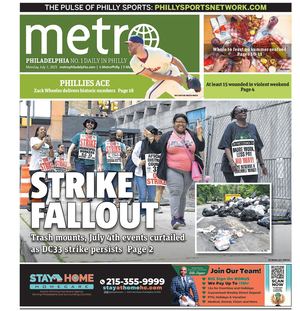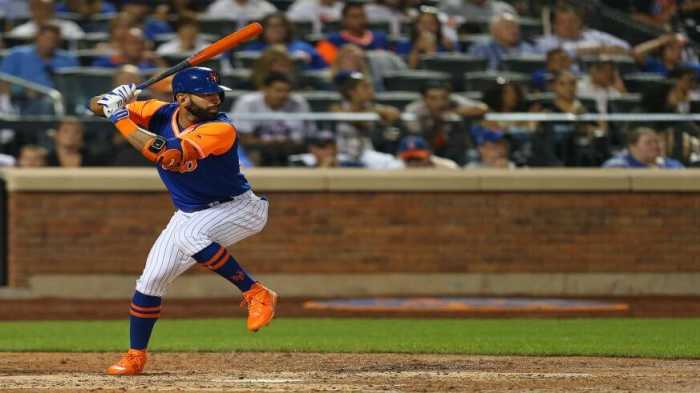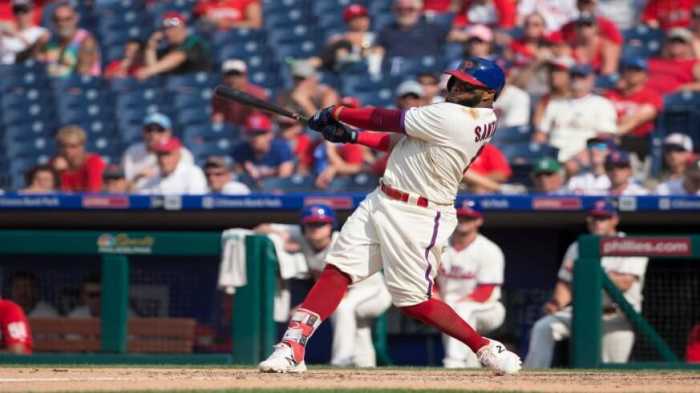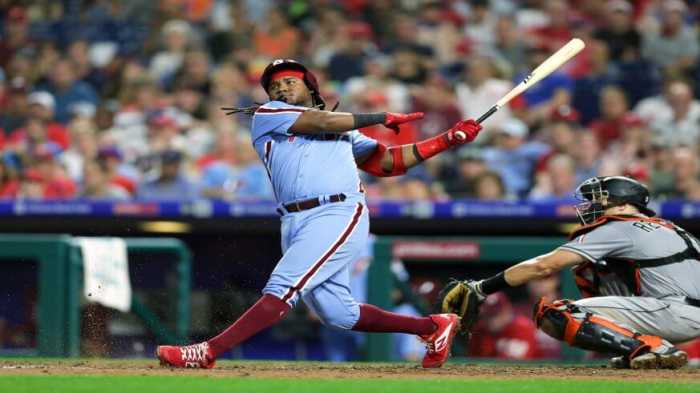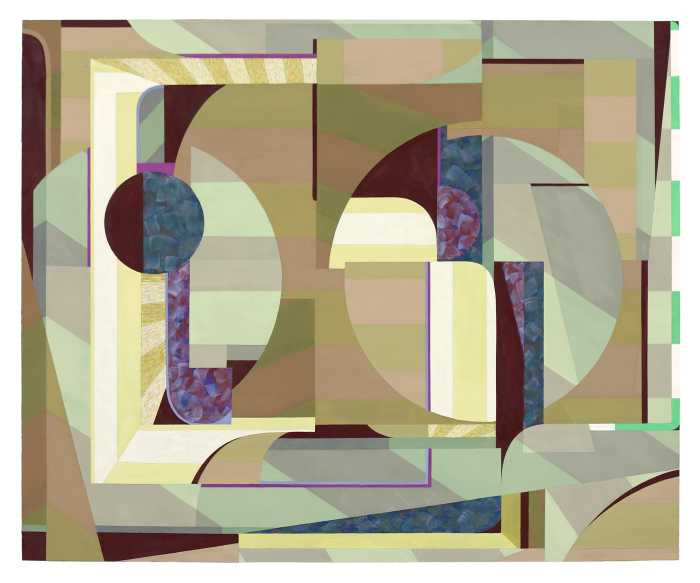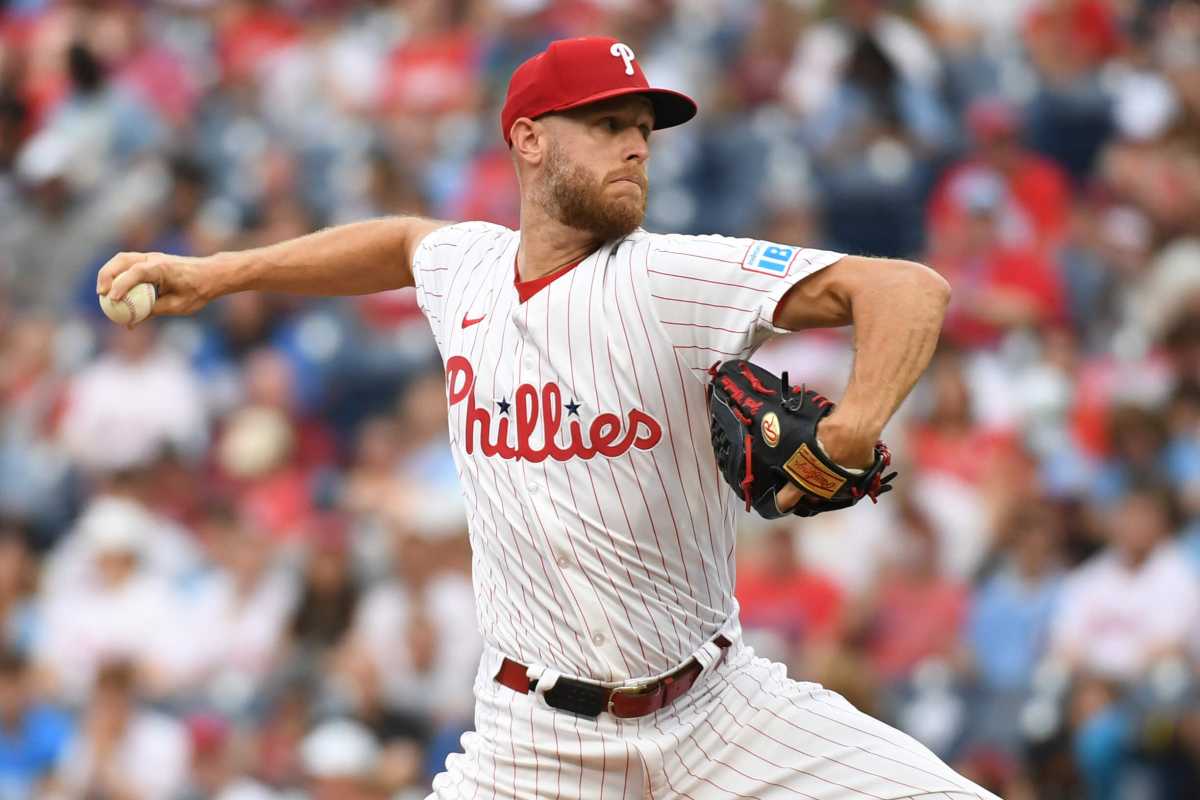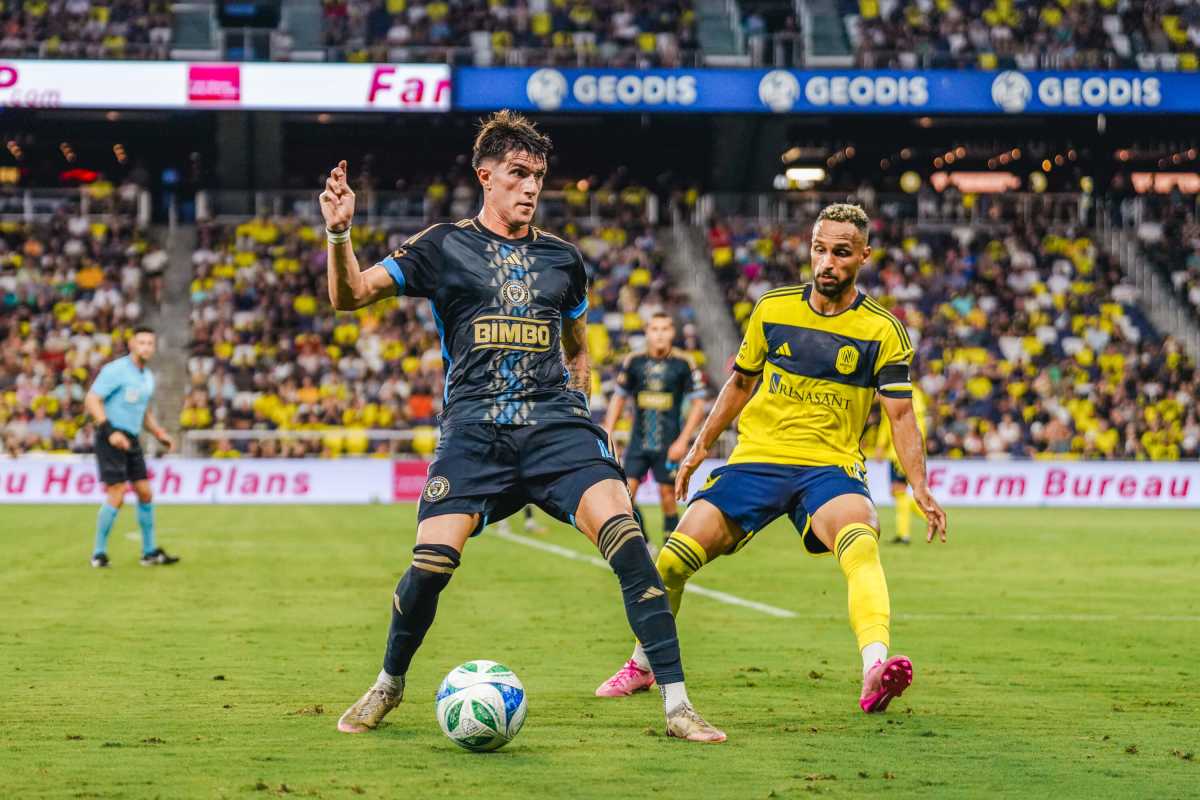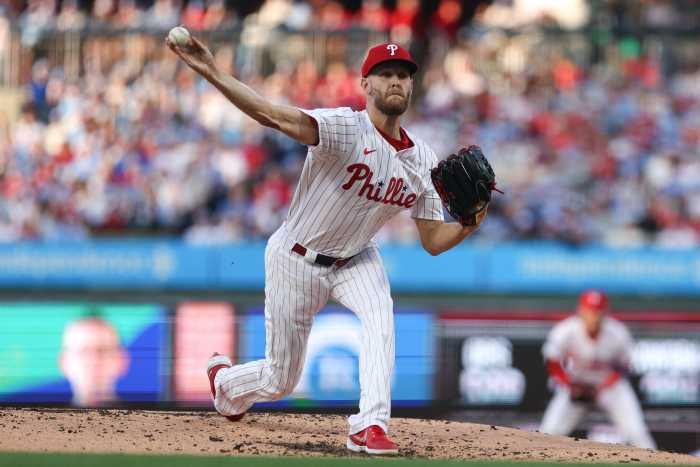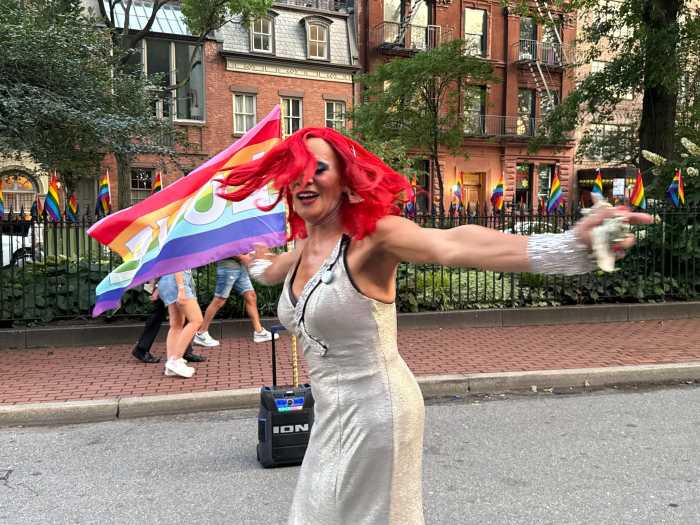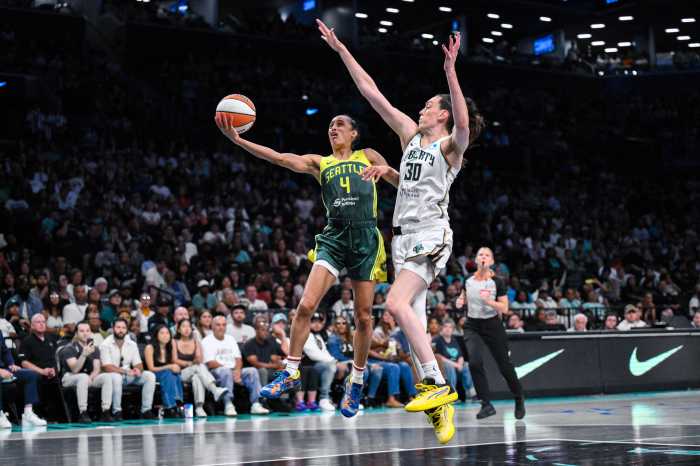Editor’s note: This story first appeared in amNewYork Metro.
There’s no denying that the absence of sports has left a canyon-sized void in the lives of fanatics all over the world this past month.
As the coronavirus pandemic continues to sweep through the United States, there is no absolute resolution in sight for games to return, but there have been glimmers of hope that sports can return soon.
On Wednesday, the director of the National Institute of Allergy and Infectious Diseases Dr. Anthony Fauci said that sports could return with no fans in attendance sometime this summer.
While athletes might be playing in empty arenas during the near future, it’s a compromise a majority of sports fans would take as they would be able to tune into games on TV.
When looking at the seasons of the four major professional North American sports this year, the NHL and NBA would have an opportunity to decipher a champion in truncated fashion under such circumstances. Meanwhile, the NFL could start its 2020 season as regularly scheduled in September.
But for Major League Baseball, the coronavirus freeze has thrown a wrench into the natural flow of the game’s familiar set-up of 162 games — a trivial byproduct of such a harrowing pandemic in the grand scheme of things.
Opening Day was originally scheduled for March 26 and given the length of a normal baseball season, MLB’s suspension will make it nearly impossible to play a full slate of games with a normal postseason.
The conundrum has seen reports emerge of all 30 teams heading to Arizona to play games at neutral sites, including seven-inning double-headers, to fit in as many games as possible.
It’s baseball’s best shot at a quick resumption as the Arizona plan isolates players from coronavirus threats by keeping them in one place, thus limiting travel, and provides a controlled environment to play games well past the game’s traditional World Series conclusion in October.
While no plans are set in stone, others around the baseball world have thrown out their suggestions as to how MLB should pick up its season if (or when) it is given the green light to resume.
So I also decided to throw my hat in the ring with a possible suggestion of how baseball should return:
- Instead of all 30 teams playing in one state, Major League Baseball uses two temperate locations in Arizona and Florida — both of the league’s spring-training hosts. Both states have indoor stadiums (Chase Field in Arizona, Marlins Park and Tropicana Field in Florida) and outdoor satellite stadiums to provide games in temperate settings.
- The league experiences a pseudo-revamp of the days of old. The 15 National League clubs would report to Arizona while the 15 American teams head to Florida where they solely play intraleague games. That means NL teams only play NL teams while AL teams only play AL teams. No divisions, just an equal, fair schedule to decipher the league’s standings.
- With an average of seven games per day, two-to-three can be played between the MLB ballparks in the state with the rest being held at one or two spring-training stadiums.
- Each team plays every other team in their league six times, which adds up to an 84-game regular season. That gives MLB roughly three months to complete the schedule, allowing baseball to start in June or July.
- The top five teams in each league make the playoffs. With the regular season possibly ending in October or November under the shortened schedule, MLB can revert to its usual postseason format: The Wild Card Game, the best-of-five divisional series, and the best-of-seven championship series and World Series.
- The American League’s postseason would be played at Marlins Park (because Tropicana Field is a dump) and the National League playoffs would take place at Chase Field. For the World Series, a centrally-located indoor stadium, like the Texas Rangers’ new Globe Life Park, or the Milwaukee Brewers’ Miller Park, could host.
